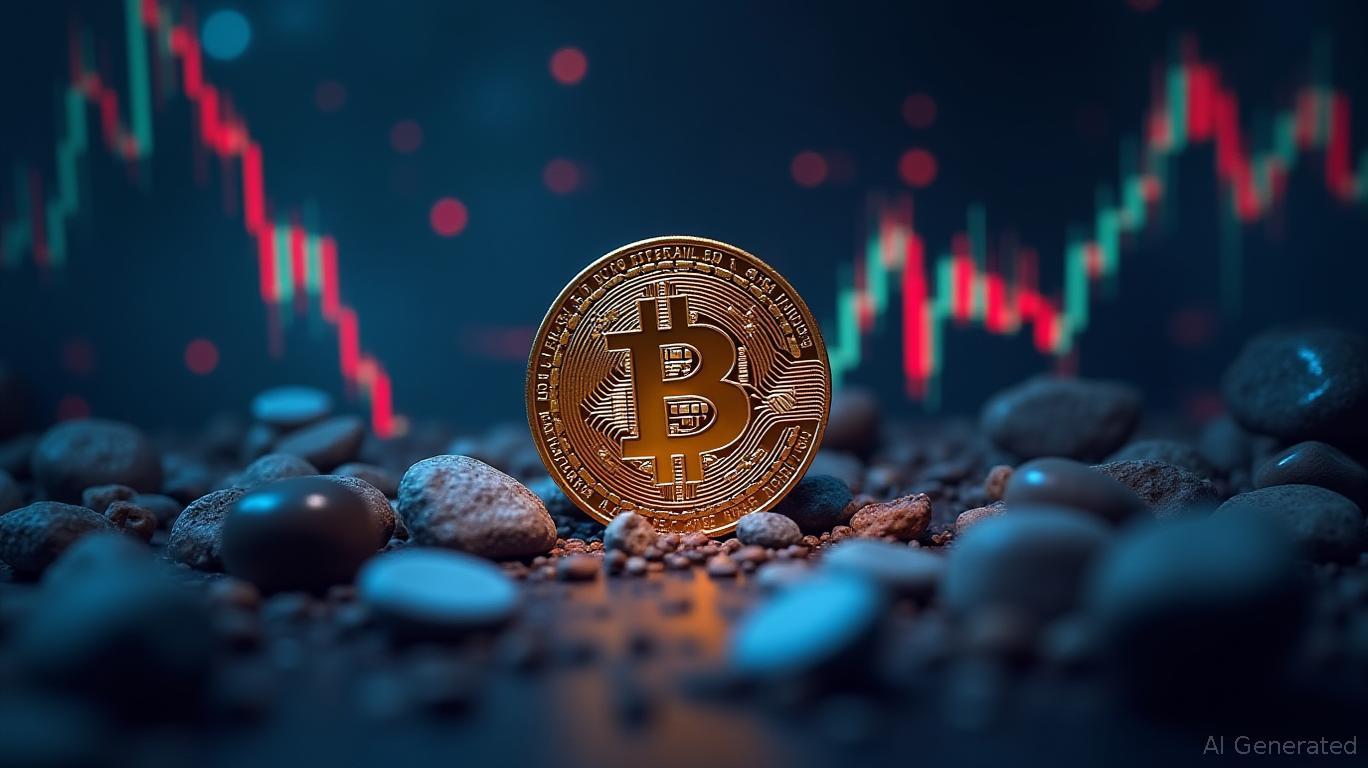Ayandeh Bank Collapse Affects 42M, Highlighting Bitcoin’s Role
Iran’s Ayandeh Bank has gone bankrupt after losing more than $8 billion. According to Cointelegraph, about 42 million customers are affected. The Central Bank of Iran has moved the bank’s operations to the state-owned Bank Melli. The Ayandeh Bank collapse has sparked debates about the stability of traditional banks and the role of alternatives like Bitcoin.
🇮🇷 NEW: Iran's Ayandeh Bank goes bankrupt after accumulating $8B in losses and debt, impacting 42M customers now absorbed by state-owned Bank Melli.
— Cointelegraph (@Cointelegraph) October 27, 2025
Is this type of collapse exactly what Bitcoin was designed to solve? pic.twitter.com/EvY31ckxMd
How Ayandeh Bank Reached This Point
Ayandeh Bank opened in 2012 and soon grew across Iran. It had over 270 branches. However, the bank made risky loans and invested a lot in big projects. Many of these projects failed. For example, the bank put huge funds into the Iran Mall.
Reports show that over 90% of Ayandeh Bank’s money went to related parties or projects that were not repaid. These decisions caused huge losses of about $5.2 billion. The bank also accumulated $2.9 billion in debt. Because of this, the bank could no longer operate safely.
Government Steps In
To protect customers, the Central Bank acted quickly. It transferred Ayandeh Bank’s assets to Bank Melli. Authorities promised that deposits would remain safe and accessible.
Despite these promises, many people were worried. Long lines formed outside the former Ayandeh Bank branches. People wanted to confirm their accounts and make sure that they could access their money.
Why Bitcoin Gets Attention
The Ayandeh collapse highlights risks in traditional banks. Mismanagement, lack of transparency and poor oversight can threaten customers’ money.
Bitcoin was made to address these problems. It uses blockchain technology to provide transparency and security. Unlike traditional banks, Bitcoin does not depend on a central authority. Users control their own funds. Many see cryptocurrencies as a way to avoid risks from bank failures.
The Bigger Picture for Iran
Ayandeh Bank’s bankruptcy shows that Iran’s financial system faces challenges. Sanctions and economic pressure make it harder for banks to operate safely. Experts suggest this event may push the country to explore new systems. Digital currencies and blockchain technology could offer safer ways to manage money in the future.
Lessons for Customers and Banks
This incident is a warning for both banks and customers. Banks need stronger oversight, better risk management, and more transparency. While customers should consider spreading out their money storage. Alternatives such as digital wallets or cryptocurrencies could provide backup in case a bank fails.
The Future of Banking and Bitcoin
The fall of Ayandeh Bank is a wake-up call. Millions of people were affected by poor banking practices. While the government acted to protect deposits, the event shows that traditional banks have risks. Bitcoin and other decentralized systems offer a different approach, giving users more control over their money.
If Iran and other countries explore these alternatives, they could create a more secure and transparent financial system for the future.
Disclaimer: The content of this article solely reflects the author's opinion and does not represent the platform in any capacity. This article is not intended to serve as a reference for making investment decisions.
You may also like
Kalshi’s Federal Lawsuit Challenges CFTC Authority Amid Conflict With New York Sports Betting Prohibition
- Kalshi sues New York over sports betting ban, claiming CFTC's federal jurisdiction under the Supremacy Clause. - New York alleges Kalshi operates unlicensed contracts as "sports wagering," demanding compliance with state gambling laws. - Legal experts highlight federal courts' prior favor toward Kalshi, citing CFTC's 2020 DCM designation as regulatory shield. - Case could set precedent for state-federal regulatory conflicts, with Kalshi risking $50M+ annual revenue if banned in New York. - Mixed judicial

IBM's Digital Asset Oasis: Establishing Confidence Amidst the Untamed World of Tokenized Finance
- IBM launches Digital Asset Haven with Dfns to secure tokenized assets across 40+ blockchains, offering custody, compliance, and multi-party approvals. - Platform integrates hardware security, MPC/HSM signing, and offline cold storage to meet global regulatory standards for institutional digital asset management. - Growing institutional demand for tokenization drives IBM’s SaaS platform, aligning with its quantum computing and hybrid cloud strategies to dominate digital finance.

Bitcoin Latest Updates: Miners and Federal Reserve Decisions Play Crucial Roles in Bitcoin’s Path to $130K
- Bitcoin consolidates near $115,000 as miner reserves stabilize and on-chain metrics ease sell pressure, with analysts eyeing a potential $120,000 breakout toward $125,000–$130,000. - Institutional demand via ETFs and Layer-2 adoption boosts miner profitability, while Fed rate cuts and U.S.-China trade easing add macroeconomic catalysts for upward momentum. - Technical indicators show balanced inflows and RSI recovery, but risks persist below $110,000, threatening miner solvency and macro-driven sell-offs

Solana News Update: Pump.fun's Takeover Sparks Debate Amid PADRE's 76% Drop
- Pump.fun's acquisition of Padre triggered a 10% PUMP price surge to $0.0043, with a whale accumulating $16.38 million in the token. - The move aims to enhance trading incentives on Solana but sparked controversy as PADRE plummeted 76% post-announcement, leaving users demanding compensation. - PUMP now approaches $0.005 resistance after consolidation, while PADRE holders criticize the phased-out utility and lack of airdrops for the acquired terminal's native token.

